Now’s the time locally to locate sumac. Whether it has usable berries this time of year is the luck of the draw. Most of them have been washed of their tart acid by fall rain. However the sumac — like its relative Poison Ivy — puts on some pretty scarlet fall foliage making it easy to find. Why locate sumac this time of year? So you know where it is in the spring. Then you can take new fuzzy shoots without a pith, peel them, and eat out of hand, or take them home and cook them. Later the sumac will put on terminal clusters of garnet-colored berries with several uses. To learn more about the sumac click here.
It’s a natural assumption: Blossoms are usually delicate thus they can’t harm you. I know of a local blossom that even a tiny amount ingested will send you to the hospital with gastric distress, perhaps more. And the Mahoe blossoms while edible are tough. Hibiscus blossoms, admittedly, usually are pretty but flavorless. They add color and texture to salads. One blossom overlooked for culinary use is the Magnolia, big, showy and very fragrant. I am often asked if the seeds are edible and the answer is I do not know. I have never seen any reference to seeds. However the blossom does have its uses. The petals can be used as a spice. Usually I chop them and semi-pickle them in a sweet and sour solution, read vinegar and sugar. Flower buds can also be used as a spice. But, just as the scent of the blossom is strong so is the spice or relish. Use sparingly or your dish will be too magnoliaesque to consume. To read more about the magnolias go here.
This is reminder that the Florida Herbal Conference is February 15-17. You can get a discount by signing up early and by using the code EATTHEWEEDS. If you register by Dec. 15th and use EATTHEWEEDS that’s a 20% discount. At conferences you have access to high-quality information and teachers who are experienced at making it enjoyable and understandable. You also spend a few days around other similar-minded folks so you don’t have to explain yourself. You become the majority. For more information and to sign up go to: Florida Herbal Conference.
Follow up #1. What’s the word for bee pollination? Melittophily; Butterfly pollination: Psychophily; Moth pollination: Phalaenophily; Fly pollination: Myophily or Sapromyophily; Beetle Pollination: Cantharophily; Wind Pollination: Anemophily; Water Pollination: Hydrophily; And to repeat last week: Bird pollination: Ornithophily, Bat pollination Chiropterophily. I could not find a specific word for wasp pollination though they are essential to the fig harvest. In Greek — which all the other words above are — wasp is Σφῆκα (sfika, SFEE-kah.) “SF” is not hard to say. Just put an S sound and an F sound together one after the other.) So, if we follow the previous Greek treatments above pollination by wasp would be –directly — sfikophily. That would probably be mutilated through Dead Latin to Syphcophily (siff-COUGH-fill-lee.) That’s just an ear guess. And…. feijoas pollinated by hand by Feral Kevin is anthrophily, or so he suggests in an email. (When I have a California foraging question Kevin is whom I ask.)
Follow up #2: The Featherstonehaugh entry last week prompted some replies from our British foraging friends (after all many of North America’s edible weeds came from there.) That long name — Featherstonehaugh — is by convention said FEN-shaw (…even ancient man looked for shortcuts…) It means a grave with a headstone and three columns. Brian wrote to say “these tombs (from the bronze age, dating from about 4000-3500 years ago) originally had four standing stones and are known locally as ‘four posters.’ ” However one stone fell over in the given example — the biggie — so it called “The Three Kings.” The picture above left is from the site. Brian also wants us to know there’s a lot of wild edibles to forage in Northumberland and that nation in general.
If you grew up on a farm of any size you learned early on that chicken manure is a mighty valuable fertilizer if used correctly (read sparingly as it can also “burn” growing plants.) I spent many hours in my youth distributing chicken dropping on fallow fields with a tractor-pulled manure spreader (and ducking far-flung chunks of chicken creation, see above right.) If you don’t have a farm is there a way to get this mighty bird fertilizer? Yep. You can leave a hatch door open on a church steeple for 30 years. That’s what happened at the Heliga Trefaldighets Kyrka in Gavle, Sweden, about 105 miles north of Stockholm. Someone left the tower’s hatch door open in the 1980’s. More to the point no one noticed for three decades plus. An inspection revealed 12 inches of pigeon dropping weighing in excess of two tons. (Let’s hear it for over-engineering the tower’s structure.) However… one would think that which lets in droppings would also admit snow and ice and melting and aroma… I’ve always found it interesting that church steeples point in the direction the congregations hope to go…
 Looking For Some Real MacGyvers? From the casting director: [The] series is tentatively entitled “Are You Ready?” and it is a competition show in search of America’s Top Prepper. The concept is prepper against prepper in a competition to outlast and excel in challenges featuring the most prepared among us. (Think Survivor but with a group of MacGyvers instead of ordinary people. This show is about extraordinarily prepared people, competing in extraordinary circumstances).
Looking For Some Real MacGyvers? From the casting director: [The] series is tentatively entitled “Are You Ready?” and it is a competition show in search of America’s Top Prepper. The concept is prepper against prepper in a competition to outlast and excel in challenges featuring the most prepared among us. (Think Survivor but with a group of MacGyvers instead of ordinary people. This show is about extraordinarily prepared people, competing in extraordinary circumstances).
I’m not sure why the above landed in my email as I am but a forager. I also haven’t watched television regularly since the 70’s and have never seen a “reality” show. But what guy doesn’t admire the character of MacGyver? If you are interested in being part of the new reality show let me know and I will pass on your contact information to the casting director. And lastly, with some sadness, we report that…
Nefertiti, Spidernaut, died of natural causes December 3rd. She was 10-months old. Born in Arizona in February 2012, Nefertiti was well-traveled having visited Boulder, Colo.; San Francisco; Tokyo and Kagoshima, Japan; the International Space Station; and Washington, D.C, where she retired to the Smithsonian Museum of Natural History. The third spider in space, following Arabella and Anita who became the first spiders to go to space in 1973, Nefertiti flew 42 million miles during her mission. She traveled to the space station July 21 aboard an unpiloted HTV-3 cargo carrier launched from Tanegashima, Japan. Nefertiti was housed in a multi-chambered enclosure that included a spider den as well as an isolated compartment for her food, fruit flies. She worked closely with NASA astronaut and Expedition 33 commander Sunita Williams. Nefertiti also made history with her return to Earth descending aboard the first SpaceX Commercial Resupply Services mission, splashing down on Oct. 28 in the Pacific Ocean. Her death was unexpected. Only a week earlier she had moved into her retirement complex at the Smithsonian. Three days before her death she was seen dining on crickets, her favorite food, and looking well. Those who knew her speculated her space travel shortened her life expectancy by two months.
“Nefertiti had some extraordinary stress put on her in her lifetime,” said Dan Babbitt, manager of the Smithsonian insect zoo. “Going up to space, traveling quite a bit, and the media coverage as well. She lived a full life.”
Survivors included several hundred brothers and sisters and thousands of nieces and nephews. Funeral arrangements are pending.
To donate to the Green Deane Newsletter click here.

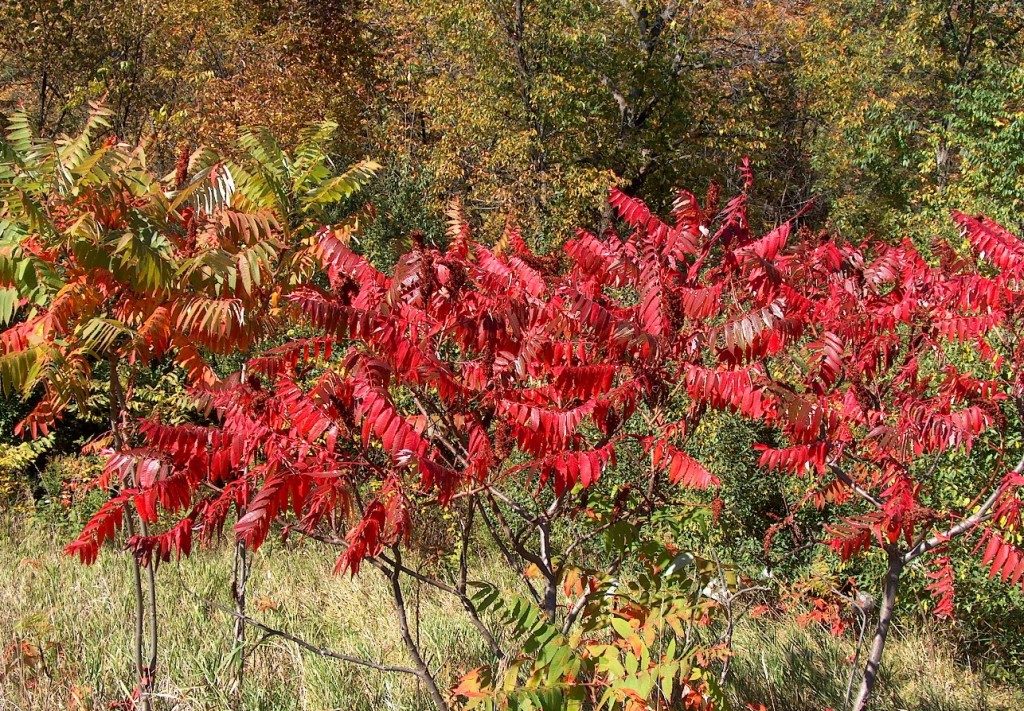
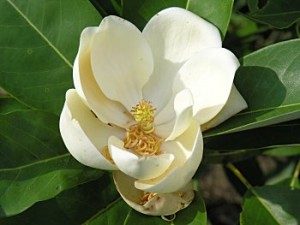
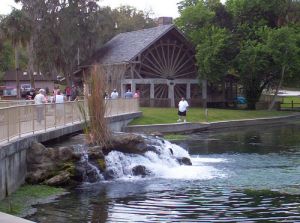
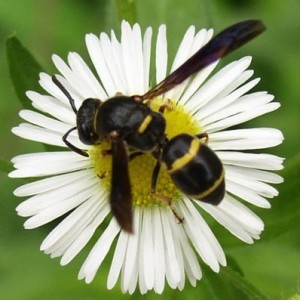
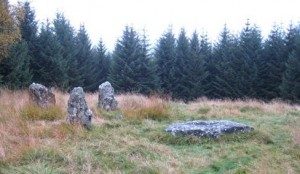
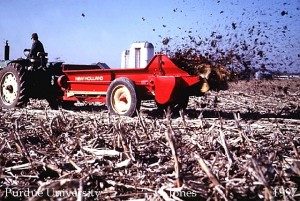
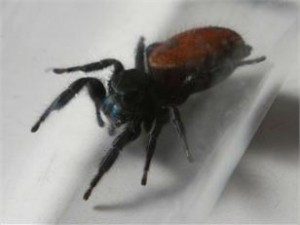

Green, your Eat the Weeds is a delight!
Peggy
R.I.P., Nefertiti. You lived a productive life.
What kind of spider is Nefertiti? She looks a little bit like a jumping
spider. Thanks again for the wide variety of info!
That’s what she was, a jumping spider. Some think they have strong binocular vision. A lot of spider folks keep them as pets. I used to feed wild ones dead mosquitoes with a pair of tweezers. They can learn you mean food to them and will line up to get a mosquito.
Sir , I adore the Hibiscus plant : pretty blossoms , sepals provide the popular beverage with fruity taste and cranberry – like flavour and the leaves are ediblle having sour taste ( I do’nt know of adverse effects of eating them ) . Hibiscus sabdariffa , ” karkadi ” in Arabic is one of the major exported crops for capital in Sudan . It is grown mainly in Kordofan state . The beverage , prepared by soaking the deep magenta – coloured calyces for a longer time ( e. g. 12 hours or more) in water at room temperature or instantly using hot or even boiling water then decanting or straining . Add sugar and dilute to taste . This herbal tea is referred to in the Arab world as ” Sudanese tea ” . It is widely claimed that the beverage is very effective towards blood pressure ; many say it reduces hypertension whether drunk cold or hot without referring to the method of preparing it . Some mention that it can reduce hypertension if drunk cold but can raise it if drunk hot . Please , you may clarify this matter ; the effect of raising the temperature is basic in chemical composition . Thank you .
Every year I raise a garden spider – argiope- in the corner of my house outside the kitchen window. She keeps me company and then, come fall, she spins her egg cases and I have her off-spring in the spring. It is a delightful hobby to watch her grow and spin and procreate. Spiders are fascinating creatures.